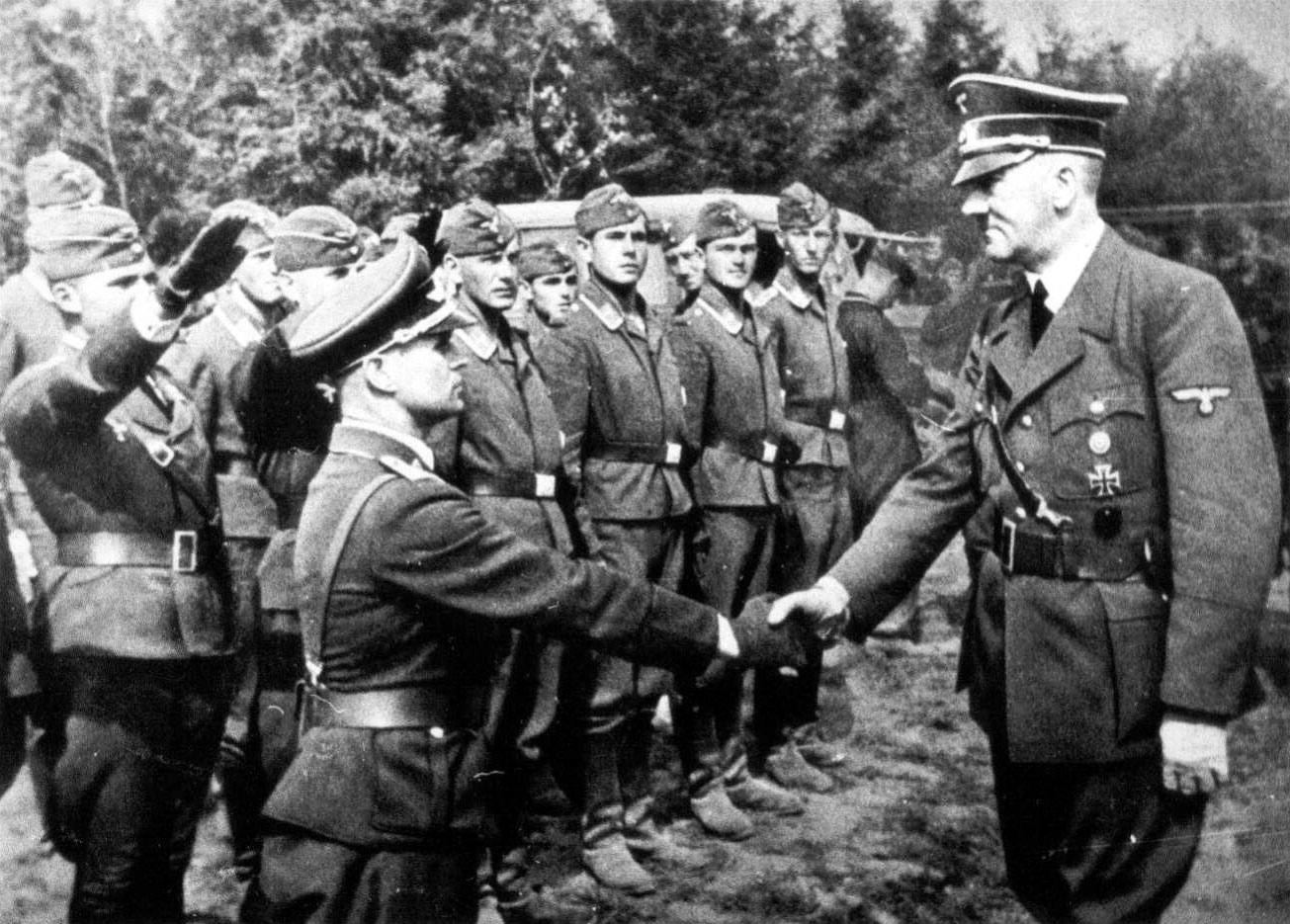About Publications Library Archives
heritagepost.org

Preserving Revolutionary & Civil War History

Preserving Revolutionary & Civil War History

In February 1935 Hitler openly acknowledged the existence of the new German Luftwaffe (air force), in direct violation of the Treaty of Versailles that limited German military development. Under the direction of two former fighter ace comrades of the Red Baron, Ernst Udet and Hermann Goering, the Luftwaffe flourished into what could be considered the most technologically and tactically advanced air force in Europe.
In 1936 two well respected members of the Royal Air Force, Squadron Leader Herbert Rowley and Flight Lieutenant Dick Atcherley, made an unofficial visit to the German capital. Their report to the British Government was left unread and information discarded by the whole. Through intermediaries they were able to communicate with Winston Churchill, then a “back-seat” member of the parliament, and their information along with other RAF sources won him a seat on the prestigious Air Defense Research subcommittee.
During the thirties there were numerous intelligence committees and organizations dedicated to supplying valuable information regarding a possible war with Germany, although they were largely ignored by the political machinery of the nation. With Anglo-German relations in good shape during the mid thirties there was little reason to tarnish this tenuous fantasy, and not to be alarmed by the rapid buildup of the German Luftwaffe. Even the German involvement in the Spanish civil war was seen as forces of Western Christianity defending against the spread of nihilistic Bolshevism.
Rowley believed the anti-Bolshevism was a lip service policy of the Nazi propaganda machine, but returned from the trip realizing for the German populace at large it was “real and very intense”. They also were told by many Germans that 1914 was a great mistake and would never be repeated again. They were treated very cordially and were impressed by the German state. It is no surprise that Hitler in 1940 wished to make a peace with Britain believing they were “not natural enemies”.
The British in the inter-war period thought of aerial warfare much as we think of nuclear warfare today. During the 1930s it was already assumed that through a campaign of strategic bombing the Germans would seek to break the morale of the British people and bring about surrender. But by 1935 there were already doubts of the practical success of a strategic bombing campaign (this information being largely ignored during the war with the joint U.S./U.K. bombing of Germany).
Hugh Trenchard, a very influential guru of air power during the interwar period, taught that the key to future wars was the value of the bomber, in particular the strategic power of bombing. This was believed through most of the war and took significant trial to overcome. Many of the OKL (Luftwaffe High Command), on the other hand, believed that it was paramount to closely support and coordinate with the ground forces (close air support). In this they were correct and Britain would not see the errors in its ways until late in the war.
The American forces in particular did not revise their manuals on close air support until after the North African campaign in 1943, where by trial and error they eventually adopted the strategy of the British Air forces in the desert. The German experiences in close air support during the battle for Europe was years ahead of tactical development in the other Western air forces, garnering the support of avant–garde airmen in future enemies. Colonel Donald Wilson, an instructor at the Army Air Corps Tactical School, wrote “Hitler is our greatest booster – without so much as a request from us he has voluntarily undertaken the job of demonstrating our theories”.
The vast scope of the German air industry was not lost on Rowley, as an American military attache remarked to him: “The whole American aviation industry could be lost inside the Junkers organization.” The Luftwaffe did have a singular damning weakness, that of the paralysis of its leadership by personal egos and power games. Despite the genius of the designs and the efficiency of the aviation industry, most of the decisions were lost in the high level dealings of Goering, Udet and OKL leading to great inefficiencies and lost potential in terms of superior aircraft. For example the BF-110 being chosen over the HE-100, due to a personal grievance of Ernst Udet.
It would have behooved the British Air Ministry and the people as a whole to heed Rowley’s report, which remains in the British National Archives to this day. To quote the historian Vincent Orange, “It seemed to Rowley in 1936 that Britain was not only vulnerable to Europe’s most powerful air force, but also unable to hit back. The RAF did not have ‘a single aeroplane in service today which has the slightest chance of reaching Germany, dropping bombs and getting home again.'”
It is clear to us now that the very concept of strategic bombing during that time was both impractical and misunderstood, and there was very little hope of bringing England to its knees. The Luftwaffe, a fundamentally tactical fighting force was not particular well suited to a campaign of strategic bombing, nor was German industry geared to a sufficient level to absorb the necessary losses to such a level that was suffered during the Allied strategic bombing campaign of the mid-war period. It is from the German Luftwaffe that we realized the lessons of the absolute necessity for tactical air support, of a single unified command dedicated to the support of the combined arms offensives – lessons that continue through the modern day.
A Question of Success: Tactical Air Doctrine and Practice in North Africa, 1942-43
Author: B. Michael Bechthold
Source: The Journal of Military History, Vol. 68, No. 3 (Jul., 2004), pp. 821-851